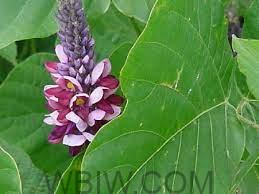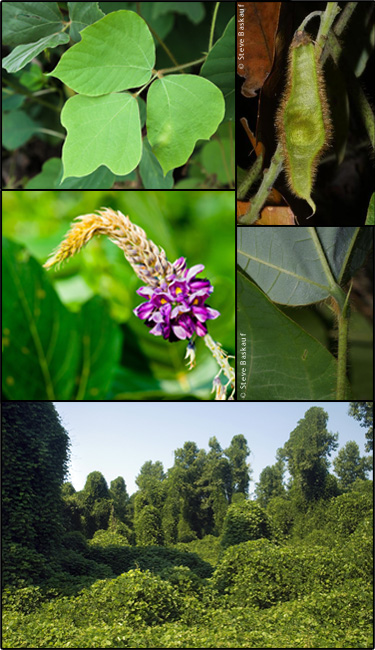
INDIANA – Kudzu (Pueraria lobata) is an invasive vine that was introduced to the U.S. from Japan and distributed throughout the South for erosion control is quickly became a problem because of its rapid growth.

“The Vine that ate the South” is no longer just a southern problem either. The vine is thriving in Indiana and the Department of Natural Resources, Division of Entomology and Plant Pathology is working to try and eradicate the invasive vine, but they need the help of landowners to identify and report it on their property to avoid any further damage to the surrounding areas.
Kudzu can grow a foot per day and can cause serious damage to forests. It also can harbor soybean pests and diseases such as soybean rust and the bean plataspid (kudzu bug).

Kudzu leaves look like bean leaves. A single trifoliate leaf is composed of three smaller leaflets. They are often hairy in young plants. Brown leaves often remain on the plant after the first hard freeze but eventually fall off vines by mid-winter. Kudzu can be confused with wild grape, wild cucumber, and Greenbriar. However, these plants have a simple leaf, not a leaf composed of three leaflets.
Below is an map where Kudzu has been found across Indiana.

The DNR Division of Entomology & Plant Pathology is working with landowners to reduce kudzu on properties to a level that can be managed by the average person. To report a kudzu site, call 1-866-NOEXOTIC, or contact Ken Cote at the Bloomington field office at 812-322-7249 or email kcote@dnr.IN.gov.



